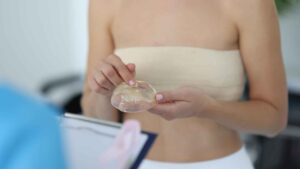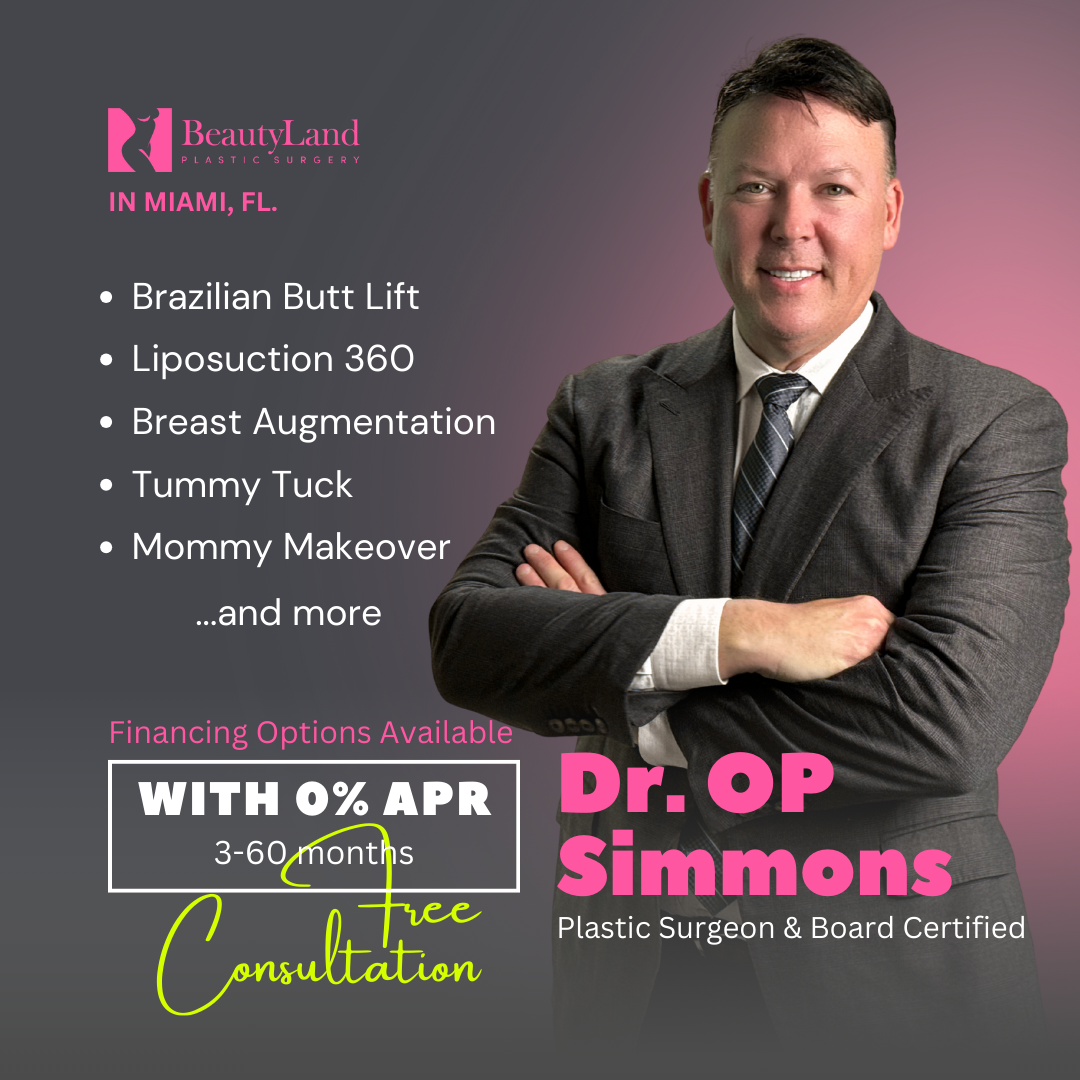When it comes to plastic surgery, Miami has established itself as one of the top destinations in the world. With its vibrant culture, beautiful beaches, and world-class surgeons, the city has become a magnet for those seeking to enhance their appearance. Whether you’re considering a subtle tweak or a dramatic transformation, Miami offers a unique combination of skilled professionals, cutting-edge facilities, and a scenic recovery environment.

Safe Surgical Solutions for Correcting Complications from Past Cosmetic Procedures




